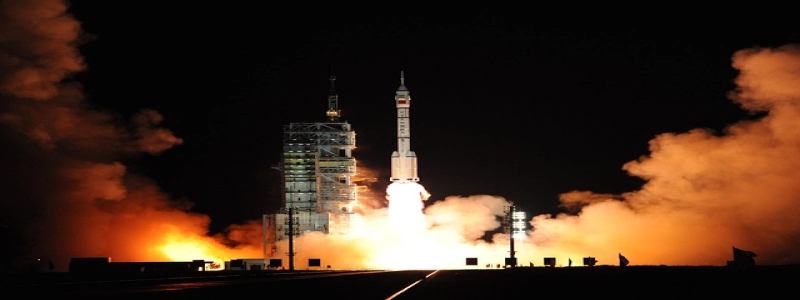Relationship between Wavelength and Energy
Введение:
The relationship between wavelength and energy is a fundamental concept in physics. It helps us understand the behavior and properties of light and other forms of electromagnetic radiation. This article aims to delve into this relationship, exploring how wavelength affects the energy of a wave and the implications it has in various scientific disciplines.
1. Что такое длина волны?
Wavelength is the distance between two consecutive points on a wave that are in phase. It is commonly represented by the symbol λ (лямбда) и измеряется в метрах (м) or multiples of meters, such as nanometers (нм) or angstroms (?). In a wave, such as light or sound, wavelength represents the spatial extent of one complete cycle.
2. What is Energy?
Energy is a fundamental property of a physical system. It can exist in various forms, such as kinetic energy (motion), potential energy (stored energy), or electromagnetic energy (energy carried by electromagnetic waves). Measured in joules (Дж), it represents the capacity of a system to do work or produce a change.
3. Relationship between Wavelength and Energy:
The relationship between wavelength and energy is inversely proportional for electromagnetic waves. This means that as the wavelength of a wave increases, its energy decreases, и наоборот. This relationship is described by the equation:
Energy = (Planck’s constant × speed of light) / длина волны
According to this equation, the longer the wavelength, the lower the energy of the wave. Наоборот, shorter wavelengths correspond to higher energies. This is evident in the electromagnetic spectrum, where shorter wavelengths, such as gamma rays and X-rays, possess higher energies compared to longer wavelengths like radio waves.
4. Applications in Various Scientific Disciplines:
4.1. Оптика: In optics, the relationship between wavelength and energy is crucial in understanding the behavior of light. It explains phenomena like interference, diffraction, and refraction. Different wavelengths of light are responsible for the various colors we see in a rainbow or a prism.
4.2. Химия: Wavelength-energy relationship is essential in spectroscopy, a widely used technique in chemistry. By analyzing the interactions between light and matter, scientists can determine the chemical composition and structure of substances.
4.3. астрономия: Astronomers study the wavelengths emitted by celestial bodies to gain insight into their composition and temperature. By observing different wavelengths, such as radio waves or X-rays, they can understand the nature of stars, галактики, and other astronomical objects.
4.4. Медицинская визуализация: In medical imaging techniques like X-ray and magnetic resonance imaging (МРТ), the relationship between wavelength and energy is crucial. Different wavelengths and energies allow doctors to visualize different tissues and diagnose various conditions.
Заключение:
The relationship between wavelength and energy is a fundamental concept in physics and has significant implications in many scientific disciplines. Understanding this relationship helps us comprehend the behavior of light, the composition of matter, and the properties of celestial objects. By studying the wavelengths and energies of waves, scientists continue to discover and explore the mysteries of the universe.








